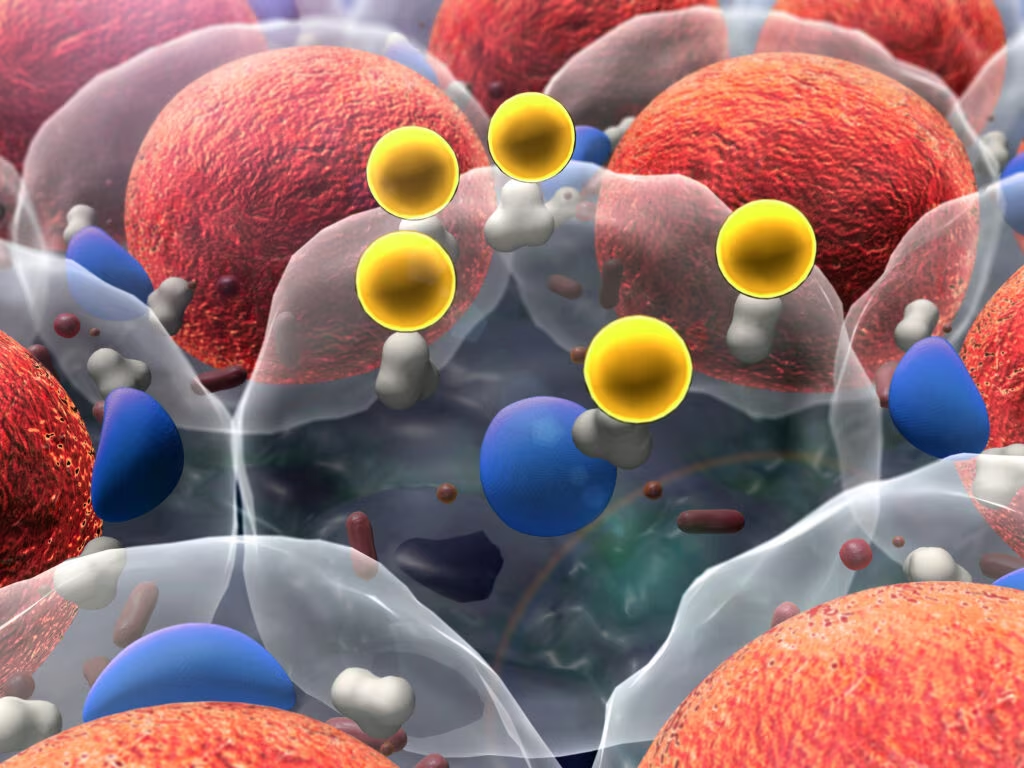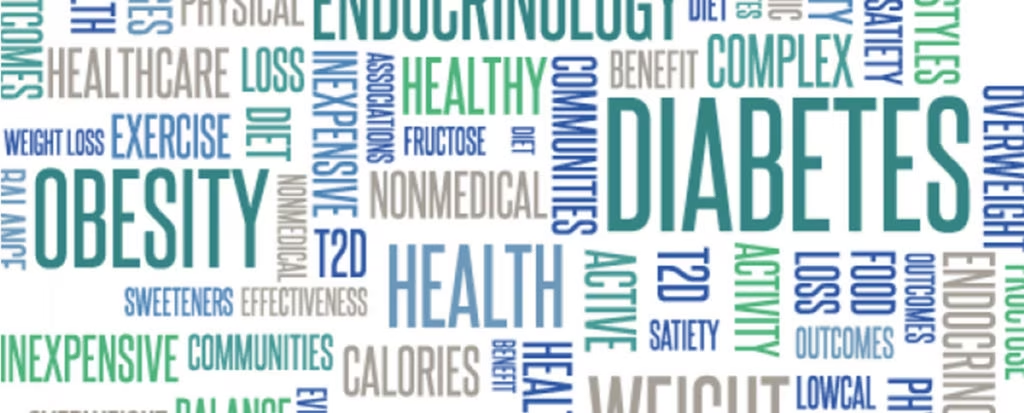Search Results
Showing Results for retention of urine

Hyponatraemia is primarily a disorder of water balance or distribution, characterized by serum sodium (Nas) levels less than 135 mmol/L.1 Hyponatraemia is the most common electrolyte disorder among elderly patients and is associated with increased mortality rates and longer hospital ...

Hypertension affects up to 40% of the adult population worldwide,1 and according to the World Health Organization’s 2021 estimates, globally 1.28 billion adults between 18 and 79 years are affected.2 Of these, 85% have essential hypertension3 and the remainder have secondary hypertension, which is potentially ...

Diabetes mellitus (DM) is a chronic metabolic disorder characterized by hyperglycaemia resulting from insulin resistance, inefficient insulin secretion and disproportionate glucagon secretion.1 It has been reported to be an expanding global health issue of the 21st century, and one of ...

Immune checkpoints are small molecules that are present on the cell surface of T lymphocytes to regulate the immune response. While some of these molecules enhance the stimulatory signals, others boost the inhibitory signals to blunt the activity of T ...

Non-alcoholic fatty liver disease (NAFLD) is the most frequent cause of chronic liver disease globally; it is histologically classified into non-alcoholic fatty liver (NAFL) and non-alcoholic steatohepatitis (NASH).1 NAFL is characterized by the presence of >5% of hepatic steatosis without ...

Recent advances have bolstered the anticancer therapeutic armamentarium. However, despite the enhanced efficacy and better survival offered by these newer agents, side effects remain a source of concern.1 Gastrointestinal side effects, organ toxicities and dyselectrolytaemias are critical adverse consequences. Among ...

The International Diabetes Federation (IDF) estimates that 463 million people worldwide suffer from diabetes, 90% of whom have type 2 diabetes mellitus (T2DM), and expects the total healthcare expenditure on diabetes to reach US$ 845 billion by 2045 from US$ 760 billion in 2019.1 People with ...

The coronavirus disease 2019 (COVID-19) pandemic has spread rapidly to become a global health threat. The disease is caused by severe acute respiratory syndrome coronavirus-2 (SARS-CoV-2), a novel β-coronavirus that belongs to a family of enveloped RNA viruses, the coronaviruses.1 While ...

Type 1 diabetes mellitus (T1D), also referred to as insulin-dependent, childhood-onset, or juvenile diabetes, is an autoimmune disease that occurs when insulin-producing β cells in the pancreas are aberrantly targeted and destroyed by a person’s immune system, usually leading to ...

Diabetes imposes a substantial burden on societies worldwide: approximately 25 million individuals in the US have diabetes, of which more than 95 % is type 2.1 Furthermore, its incidence is increasing, a further 79 million adults in the US have pre-diabetes and one in three ...

One of the challenges of using anti-diabetic therapy in obese or overweight patients is the prospect of substantial iatrogenic weight gain with many widely used drug classes. Since lifestyle interventions including weight loss are usually very difficult to achieve and/...

Hyponatraemia is by far the most common electrolyte imbalance found in hospital inpatients,1 and patients with symptomatic hyponatraemia have a vastly increased mortality compared with normonatraemic controls.2 Therefore, it is essential that hyponatraemic patients receive effective and targeted therapy. However, ...

Atherosclerosis is a degenerative process affecting large- and medium-caliber arteries, such as aorta, coronary, carotid, renal, and femoral arteries. The atherosclerotic lesion, or plaque, is a complex tissue dissecting the subendothelial layer and expanding first outwardly and eventually toward the ...

Diabetes and Chronic Kidney Disease Diabetes and Chronic Kidney Disease In the US, diabetic nephropathy accounts for the majority of chronic kidney disease (CKD). It contributes significantly to morbidity and mortality among the diabetic population1,2 and accounts for approximately 40% of ...

Hyponatraemia is by far the most common electrolyte imbalance found in hospital inpatients,1 and patients with symptomatic hyponatraemia have a vastly increased mortality compared with normonatraemic controls.2 Therefore, it is essential that hyponatraemic patients receive effective and targeted therapy. However, ...

At least two-thirds of patients with type 2 diabetes will die from cardiovascular disease, and of these two-thirds will die from the manifestations of ischemic heart disease. The National Cholesterol Education Program (NCEP) recognizes diabetes as a cardiac equivalent, which means ...

Not all kidney disease in diabetics is attributable to diabetic nephropathy. Not all kidney disease in diabetics is attributable to diabetic nephropathy. Despite an increasing population of diabetics in the population, advances in the care of the diabetic patient have ...

One of the challenges of using anti-diabetic therapy in obese or overweight patients is the prospect of substantial iatrogenic weight gain with many widely used drug classes. Since lifestyle interventions including weight loss are usually very difficult to achieve and/...
Latest articles videos and clinical updates - straight to your inbox
Log into your Touch Account
Earn and track your CME credits on the go, save articles for later, and follow the latest congress coverage.
Register now for FREE Access
Register for free to hear about the latest expert-led education, peer-reviewed articles, conference highlights, and innovative CME activities.
Sign up with an Email
Or use a Social Account.
This Functionality is for
Members Only
Explore the latest in medical education and stay current in your field. Create a free account to track your learning.

